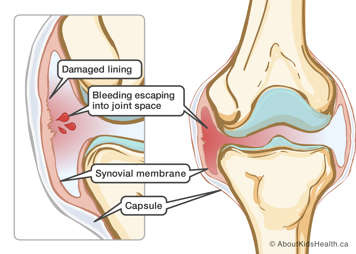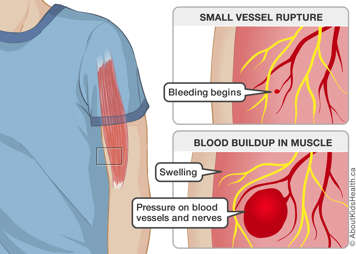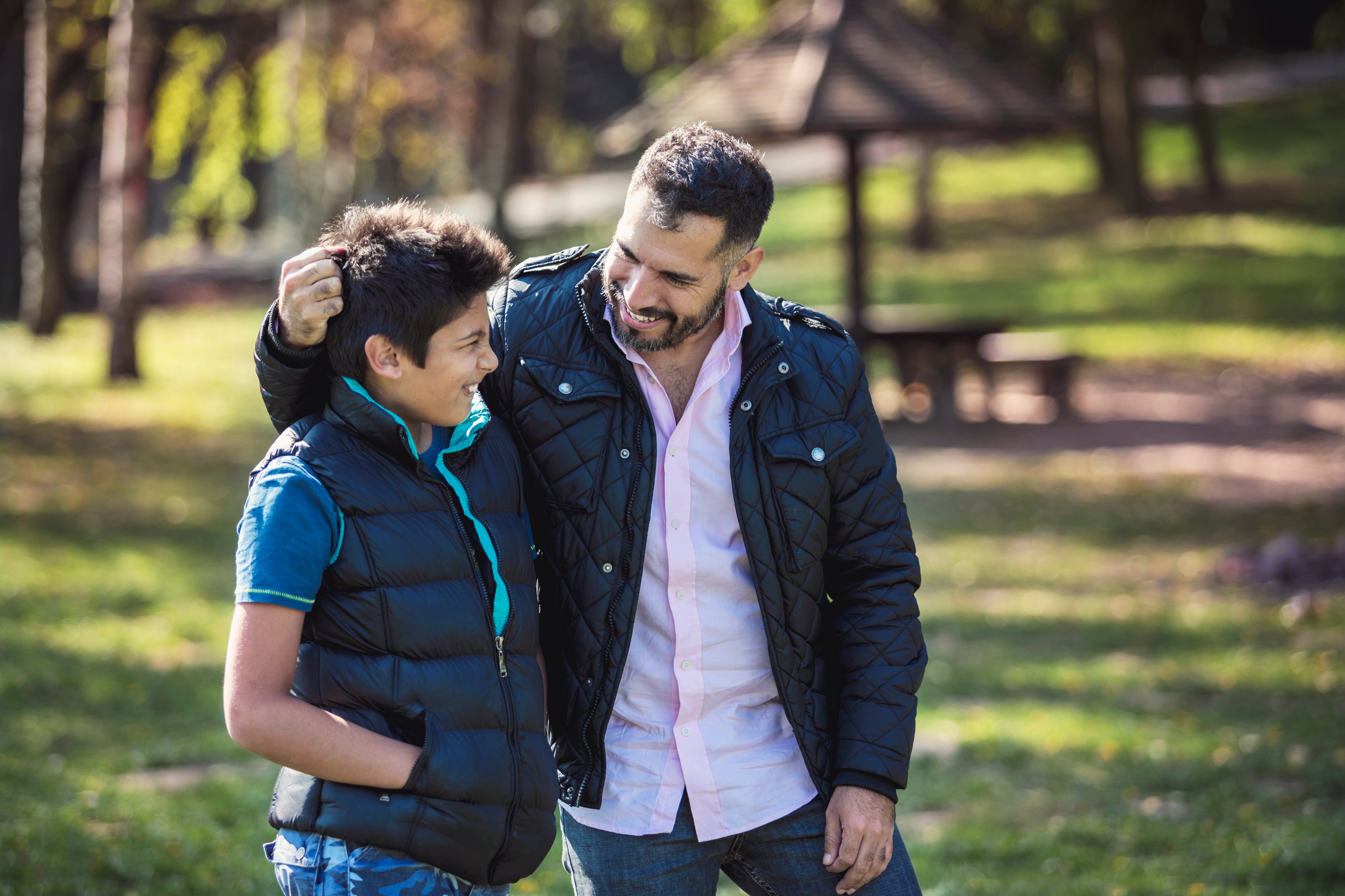When factor 8 or 9 is low or missing, blood cannot clot properly. This leads to more bleeding than usual.
Bleeding in hemophilia is usually related to injuries. But it can also occur spontaneously, without any obvious cause. This is especially the case in people who have severe hemophilia. The pattern of bleeding is often related to the age of the person and the activities that they do.

In babies, there may be bleeding at the time of birth. This may be a bruise or when the doctor cuts the umbilical cord after birth, blood may ooze out.
As toddlers start to crawl, they may have more bruising than usual; bleed when they have their vaccinations; or bleed when their teeth start growing in.
Children and adults commonly bleed into the joints (hemarthrosis) or bleed into soft tissues or muscles.
Symptoms of bleeding
Bleeding can occur externally, like a nosebleed or a cut on your skin. Bleeding can also occur inside the body (internal bleeds). In hemophilia, internal bleeds are more common, especially bleeding into joints or muscles. Sometimes you can sense when you start to bleed. You may:
- get a tingling feeling in a joint
- feel warmth and see swelling or redness in the area. This is because bleeding causes the joint to become inflamed.

